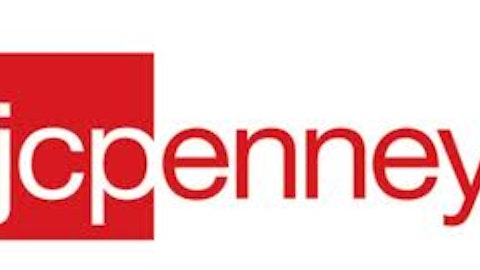One critical aspect of successful investing is buying solid, well run businesses; another is buying them at the right price. Astute investors are always careful to identify the dominant companies within a market segment and then to allocate their capital to those companies that are selling at the most attractive price of that group.
In the discount retail space, Costco Wholesale Corporation (NASDAQ:COST), Wal-Mart Stores, Inc. (NYSE:WMT) and Target Corporation (NYSE:TGT) are three names that have to be included in any discussion of well managed businesses that are household names in the space.

Customer surveys of Costco members, who pay a fee for the privilege of shopping in the stores, indicate a satisfaction level that could almost be described as cult-like, if we weren’t talking about a discount retail buyers club. They absolutely love the stores and shopping in them. Any business that delivers this level of customer satisfaction and loyalty deserves close examination and consideration for investment. But would we be buying at the right price?
Costco shares currently change hands at a forward P/E multiple of 21.2 with a 5-year projected earnings growth rate of 13.1%. While the shares have a dividend yield of 1.04%, the payout ratio required to achieve this dividend is 183% and with a valuation equal to 17.3 times cash flow, we have an excellent business that is already priced to produce exceptional future results. The razor-thin net profit margins of 1.7% over the last five years make it difficult to see how positive surprises could be delivered.
Looking to the giant of discount retail and the unquestioned dominant participant within this segment of the retail industry, our attention turns to Wal-Mart Stores, Inc. (NYSE:WMT). With a market capitalization over five times that of Costco or Target, it is truly the giant of discount retailing; that is both good news and bad news for the shareholders. The good news is that its size does bring some degree of stability and safety; the bad news is Wal-Mart’s size means it takes a lot of dollars in profit growth to generate even a small amount of growth when calculated as a percentage, which is how businesses tend to be valued by the market.
Sporting a forward P/E multiple of 12.73 and forward projected annual earnings growth for the next 5-years of 9.6%, the business carries a very reasonable price to earnings growth multiple of 1.33. As we further consider the price to cash flow multiple of 9.4, net margins of 3.7% and a 5-year return on equity average of 21.9%, we have a large, stable business, very fairly priced. Throw in the annualized 12.56% rate of increase in the dividend (currently yielding 2.51%) and investors should be able to expect to receive a very steady total return of 10%-12% a year between dividends and equity appreciation by holding this stock for years to come – excellent returns for a safe investment.
